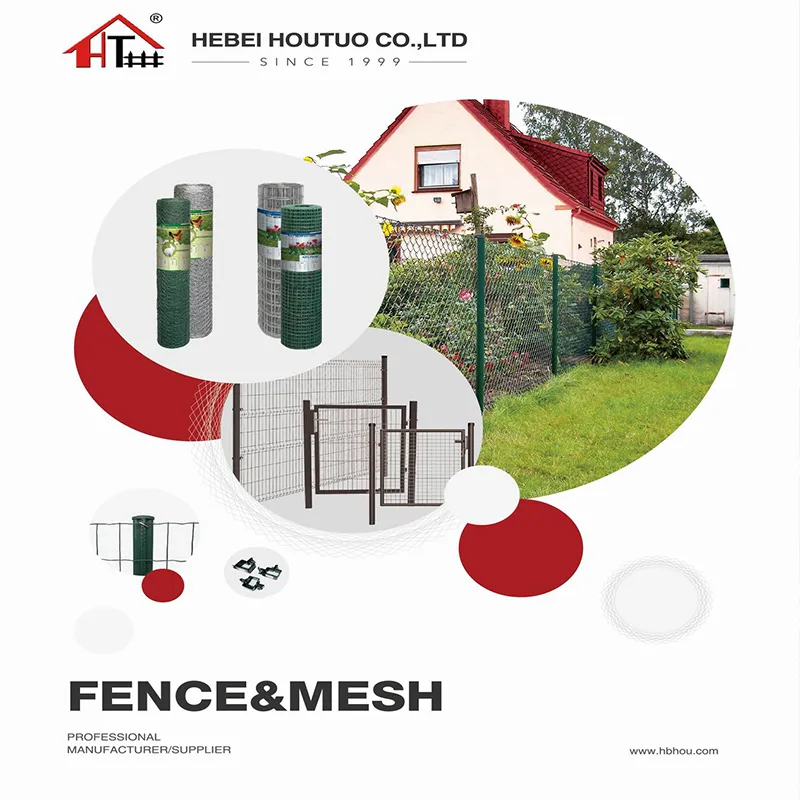Copper Coated Iron Wire A Versatile Material for Modern Applications
In the realm of metallurgy and materials science, one innovative product that has garnered significant attention is copper coated iron wire. This composite material, which combines the strength of iron with the conductive properties of copper, presents a unique solution for various industrial applications. Its versatility and efficacy have made it an essential component in numerous fields, including construction, electrical engineering, and telecommunications.
The Composition and Properties
Copper coated iron wire is essentially an iron wire that has been coated with a layer of copper. The process involves either electroplating or mechanical methods, where a thin coating of copper is applied to the surface of the iron wire. This dual-material structure harnesses the best traits of both metals. Iron, known for its impressive tensile strength and durability, provides the backbone, while copper adds exceptional electrical conductivity and resistance to corrosion.
One of the most notable properties of copper coated iron wire is its enhanced corrosion resistance. Pure iron can easily succumb to rust when exposed to moisture and environmental elements; however, the copper coating acts as a protective barrier, significantly delaying the onset of corrosion. This makes copper coated iron wire ideal for outdoor applications and environments with high humidity.
Applications in Various Industries
The applications of copper coated iron wire are diverse and numerous. In the construction industry, it is often used in reinforcing cables and mesh, providing structural integrity to buildings and infrastructures. The combination of strength and conductivity also makes it suitable for ground wires and earthing systems, ensuring safety and compliance with electrical codes.
In the electrical sector, copper coated iron wire is advantageous for both overhead and buried power lines
. The copper layer enhances electrical conductivity, enabling efficient transmission of electricity over long distances. Moreover, the wire's robustness allows it to withstand harsh weather conditions, which is critical for maintaining a consistent electrical supply.copper coated iron wire

Telecommunications is another sector that benefits from this innovative material. Copper coated iron wire is used in telephone lines and data transmission cables, where high conductivity and durability are crucial. The wire's resistance to corrosion ensures a long service life, reducing maintenance costs and downtime for communication networks.
Environmental Considerations
As industries increasingly focus on sustainability and environmental impact, the use of copper coated iron wire presents a promising avenue. The longevity and durability of this material contribute to reducing waste. Lesser frequent replacements mean lower resource consumption in manufacturing and disposal, aligning with eco-friendly practices.
Furthermore, copper is among the most recycled metals. This means that at the end of its lifecycle, copper coated iron wire can be repurposed and recycled, minimizing environmental impact. The shift towards recycling metals is becoming more pertinent as industries strive to meet sustainability goals.
Conclusion
In conclusion, copper coated iron wire stands out as a highly effective and versatile material that bridges the gap between strength and conductivity. Its applications span across numerous industries, highlighting its significance in construction, electrical engineering, and telecommunications. As technology advances and the demand for efficient and durable materials grows, the importance of copper coated iron wire is likely to expand.
Moreover, its environmental benefits position it as a favorable option in an era where sustainability is paramount. As industries continue to innovate and adapt, copper coated iron wire will undoubtedly play a crucial role in shaping the future of materials science and engineering. Whether enhancing the safety of infrastructures or improving communication networks, this remarkable composite material is set to remain at the forefront of industrial applications.
















